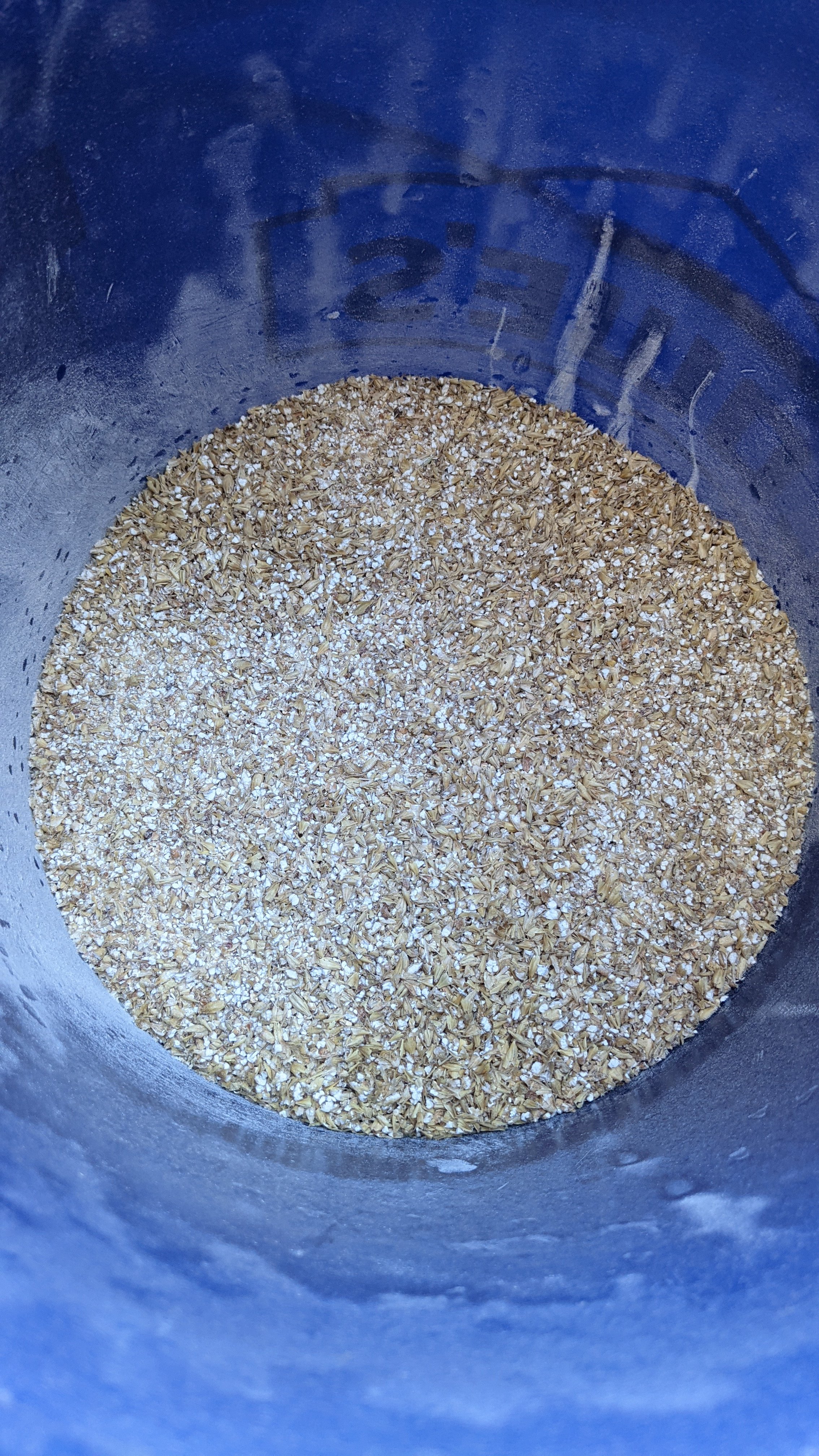I finally got myself a mill so I won't have to be subject to the inconsistent crushes from online sellers and my LHBS. Is there an easy way to figure out the right settings for my crush without mashing a full batch and hoping for the best? I don't want to just go by looks as I don't think I've seen enough to know a good crush when I see it.
I know I can use feeler gauges and I've read the guidance for my particular mill but I'm wondering if there's a more experimental way to figure out the right settings. I've done small test mashes for pH and water additions so I have that process down. I'm wondering if there's a tested process for knowing my crush is about right. I do 3V cooler fly sparge so I don't want a super-fine crush.
I know I can use feeler gauges and I've read the guidance for my particular mill but I'm wondering if there's a more experimental way to figure out the right settings. I've done small test mashes for pH and water additions so I have that process down. I'm wondering if there's a tested process for knowing my crush is about right. I do 3V cooler fly sparge so I don't want a super-fine crush.



